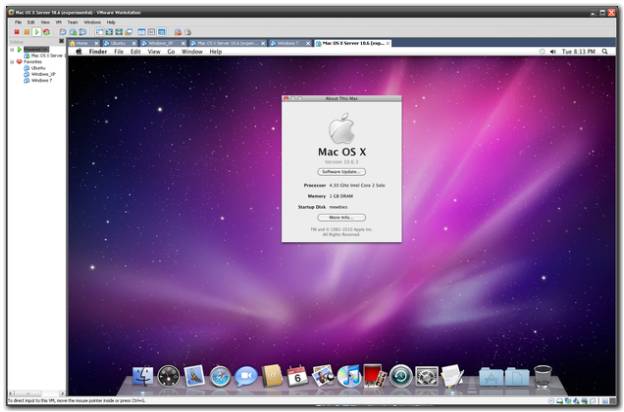

- MAC OS X SNOW LEOPARD KEXT UTILITY MAC OS
- MAC OS X SNOW LEOPARD KEXT UTILITY INSTALL
- MAC OS X SNOW LEOPARD KEXT UTILITY PASSWORD
You need to know your CPU clock speed as well as the Front-side Bus. We are going to customize some boot parameters as the final step. After you’re done go to the “/Extra/” folder and drag & drop ist from your desktop into it ( image 19). Find AppleHDA.kext in that folder and delete it. VoodooHDA is not compatible with the stock AppleHDA hence we need to get rid of it. Also go to the “/System/Library/Extensions/” and copy these two kexts from your desktop into it:
MAC OS X SNOW LEOPARD KEXT UTILITY PASSWORD
During this process the OS might ask for your password for writing into the folder. Take a look at image 17 to give you an idea. Leave the finder window open and drag & drop these following kexts from your desktop into it: Delete everything in there because none of them will work properly with XPS M1330 especially the NullCPUPowerManagement.kext. On your Snow Leopard partition go to the “/Extra/Extensions/” folder. Congratulations you just went through the first step! Go through all those steps and you’ll be landed at the Snow Leopard desktop. Since this is the first boot the OS will shows you the “Welcome” sign with many different languages and after that it will ask you to create a user account.
MAC OS X SNOW LEOPARD KEXT UTILITY INSTALL
Boot into it as we are going to install the Chameleon/Chimera bootloader from there. The display name depends on the name of your OS X partition. This time you should see a new option in the menu which is the newly installed OS X.

Since the CD already has a bootloader along with the required custom kexts you can use it to load the newly installed OS X, and that’s what we’re going to do.īoot from the CD again using F12. In our case the bootloader is necessary to boot the OS and to load custom kexts. The boot error happened because we haven’t install a bootloader. In this stage if you boot directly from the hard disk it will throws an Error about bootloader. Later on we will apply custom kext that will make reboot works (but shutdown remains an issue). If it won’t reboot then simply press the power button long enough to switch off the machine, wait for a moment, then switch it on again. This time it’s going to take sometime to finish.Īfter it’s done you need to reboot the machine. After you’re done customizing it click the “Install” button to install the OS. You can click the “Customize” button if you want to remove some stuff that you think unnecessary like language components and all. Select the partition that you wish to install OS X into ( image 11). You have to click the “Agree” button to move forward ( image 10).

MAC OS X SNOW LEOPARD KEXT UTILITY MAC OS
We’re back at the “Install Mac OS X” stage ( image 09).Ĭlick the “Continue” button and it will spawn the EULA. Wait for a moment then after it’s done ( image 08) close the Disk Utility. Click “OK” to change the partition table type, then in the Disk Utility click the “Apply” button and it starts formatting the hard drive ( image 07). Click the “Options …” button and make sure you choose the “GUID Partition Table” ( image 06). Before you go any further we need to set the partition table type as GUID. Leave the “Size” field be as we’re going to use the whole space. In the “Format” field I chose the “Mac OS Extended (Journaled)” option. Under the “Volume Information” area fill-in the “Name” field. In the “Volume Scheme” pull-down menu choose the “1 Partition” option. On the right side select the “Partition” tab. In the Disk Utility on the left column select the hard drive. We need to format your hard disk using the GUID partition table and since we’re not dual booting then the whole space will be used for OS X.


 0 kommentar(er)
0 kommentar(er)
